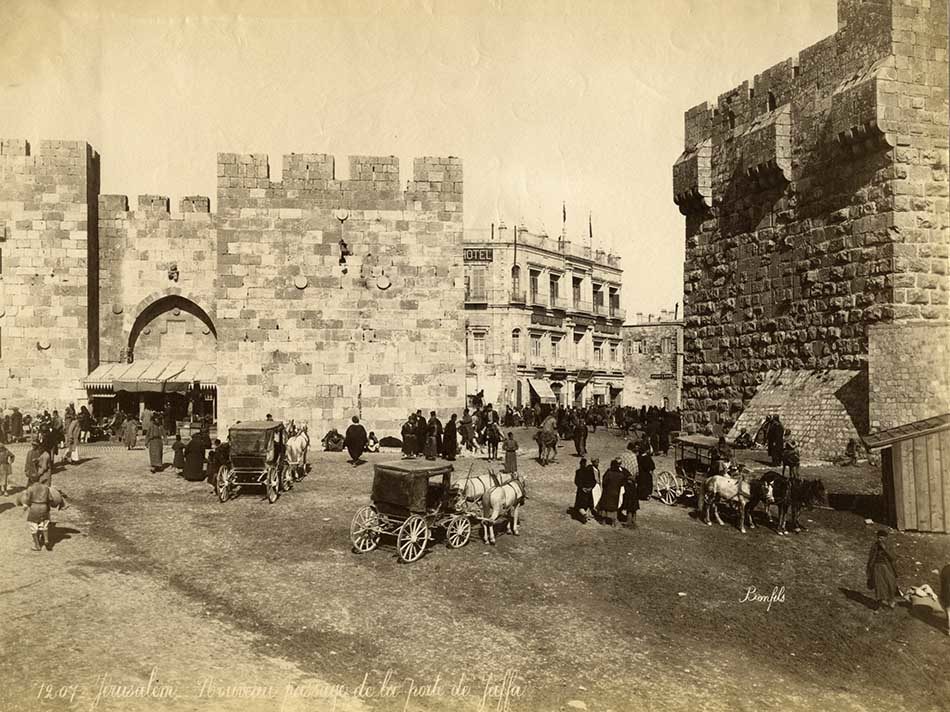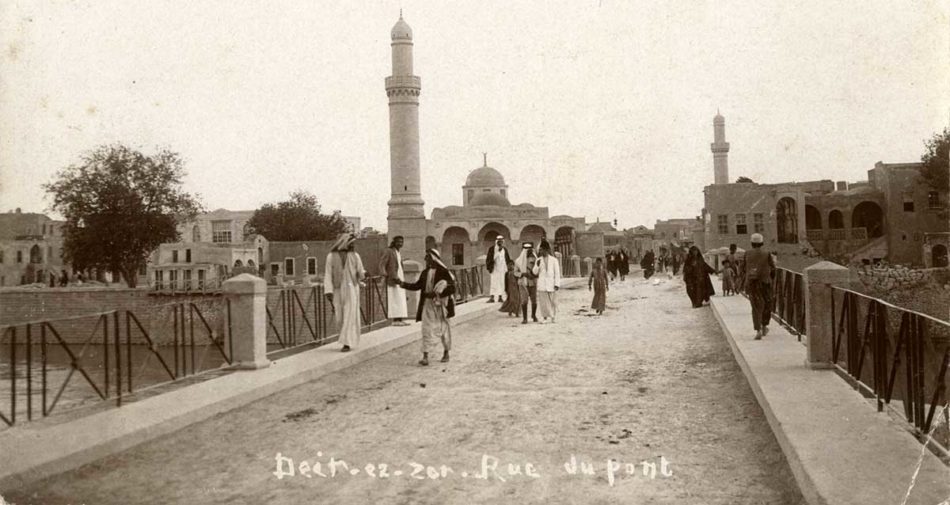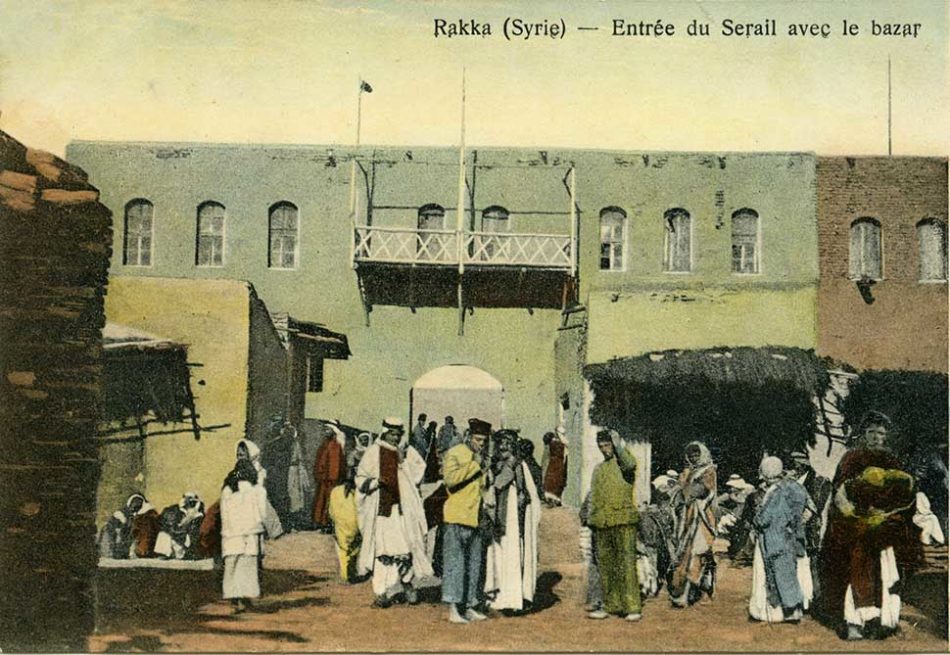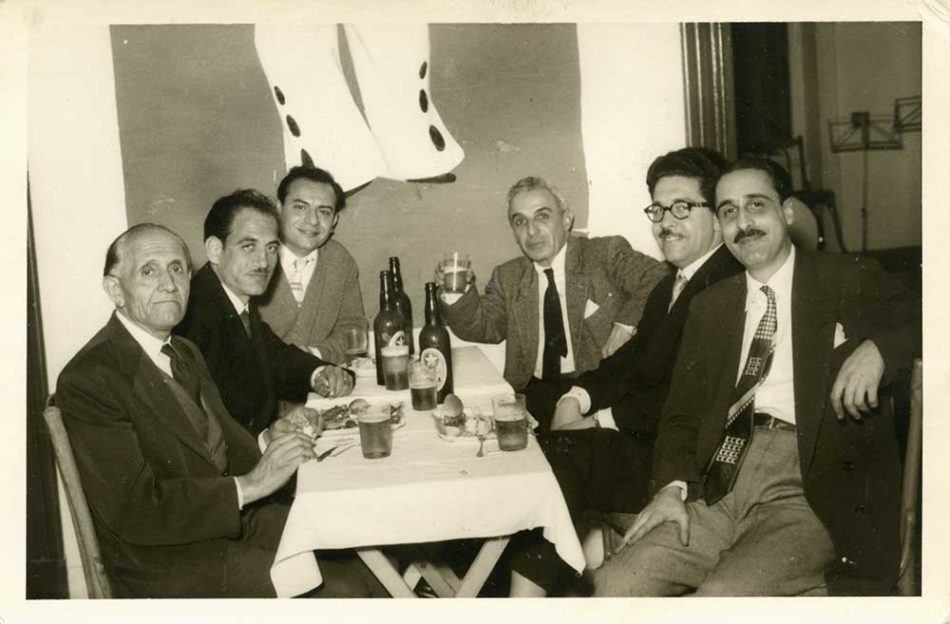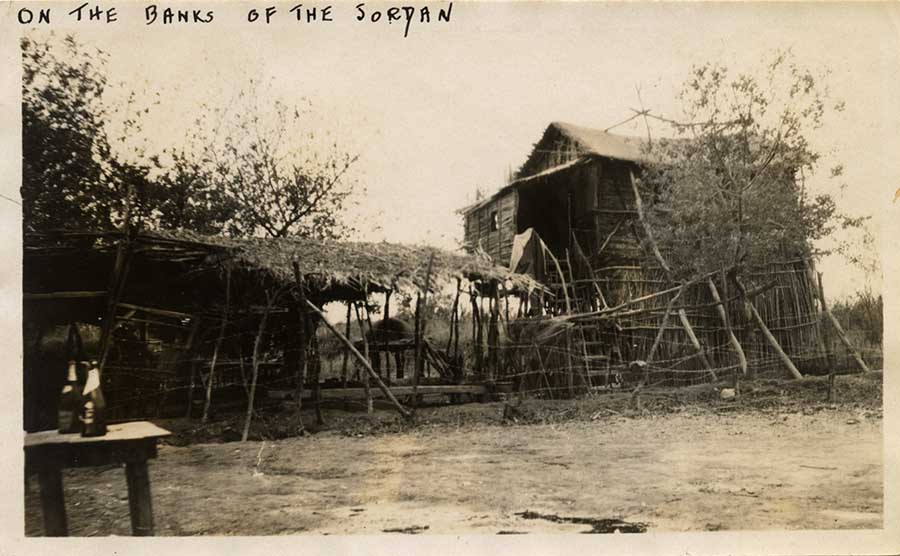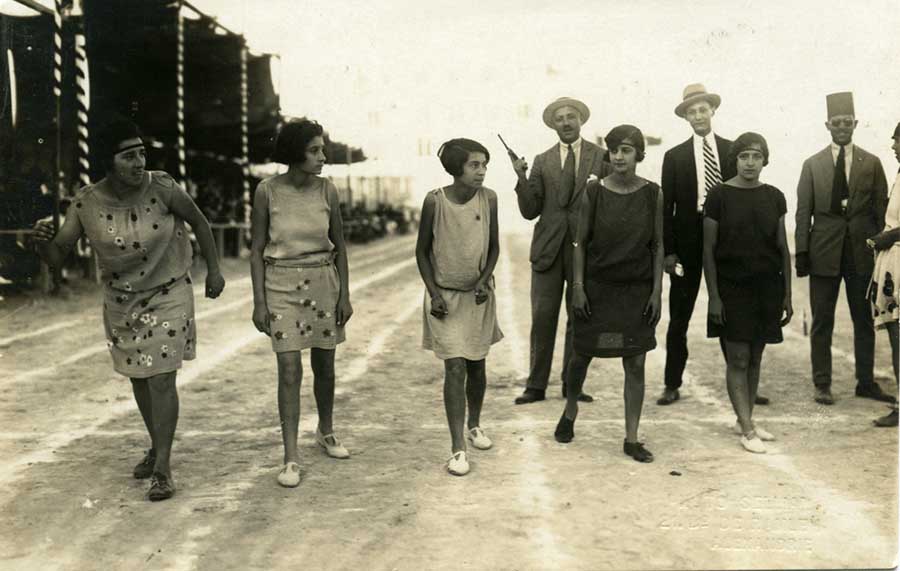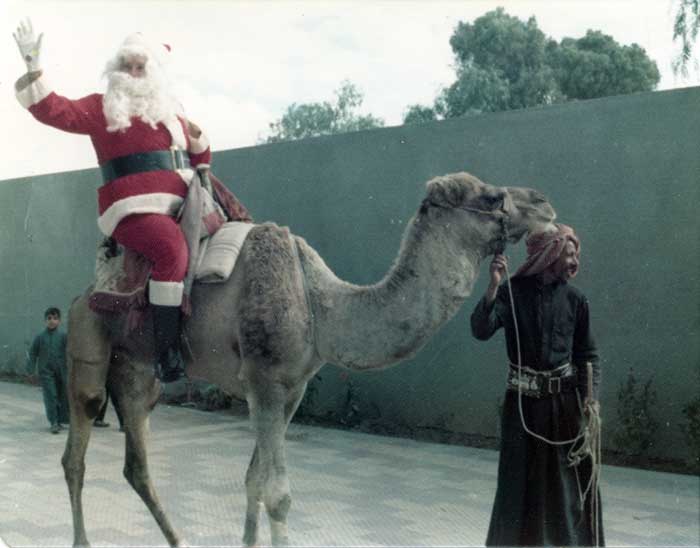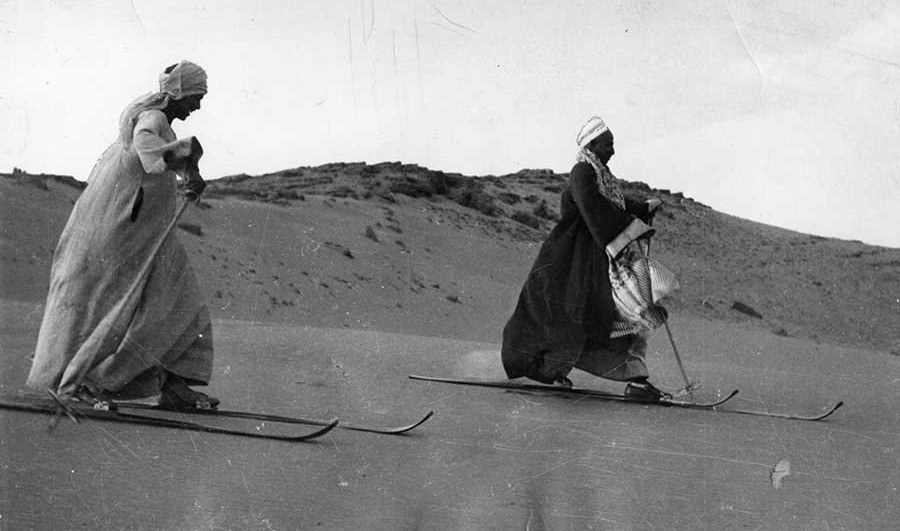Donkey Soldiers: The Unsung Heroes
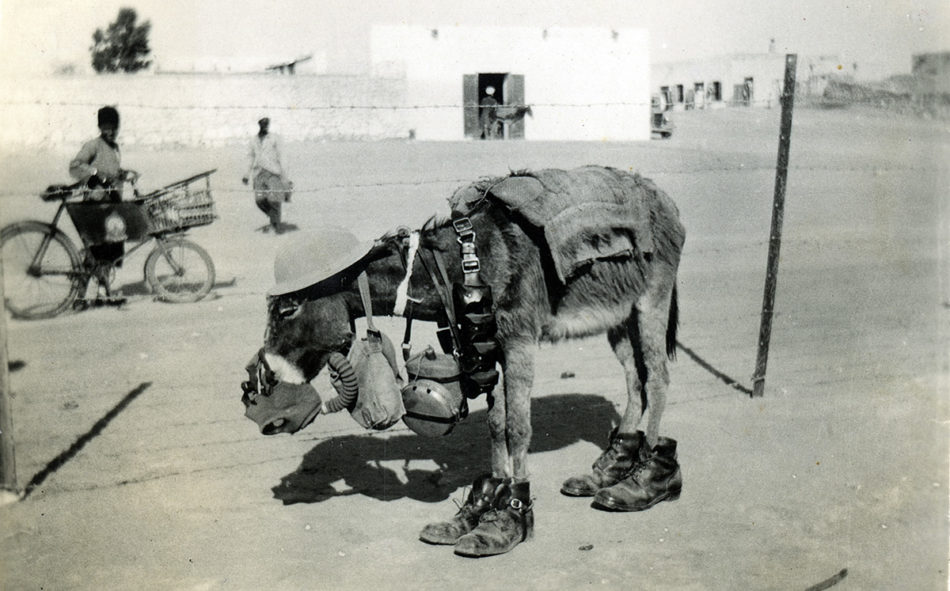
Donkeys and mules have had a long and distinguished career in modern military warfare. During the two world wars, they played a key role in transporting supplies over rugged mountains and jungle terrain inaccessible to motorized vehicles. The practice was extended to the colonial and Cold War eras where the animals were used by British troops stationed in Egypt and Palestine and American soldiers during their short-lived invasion of Lebanon in 1958. During the World War I Battle of Gallipoli, a medic from New Zealand named James Gardiner Jackson took a photograph of a fellow countryman transporting a wounded soldier to a field hospital on donkey back. The photograph became immortalized when artist Horace Moore-Jones, another New Zealander who also fought in Gallipoli, drew a number of paintings based on that image. It turned out that the stretcher-bearer, Dick Henderson, had used his donkey to save many other wounded soldiers. Today the paintings hang in war memorials and museums in [Read more...]

